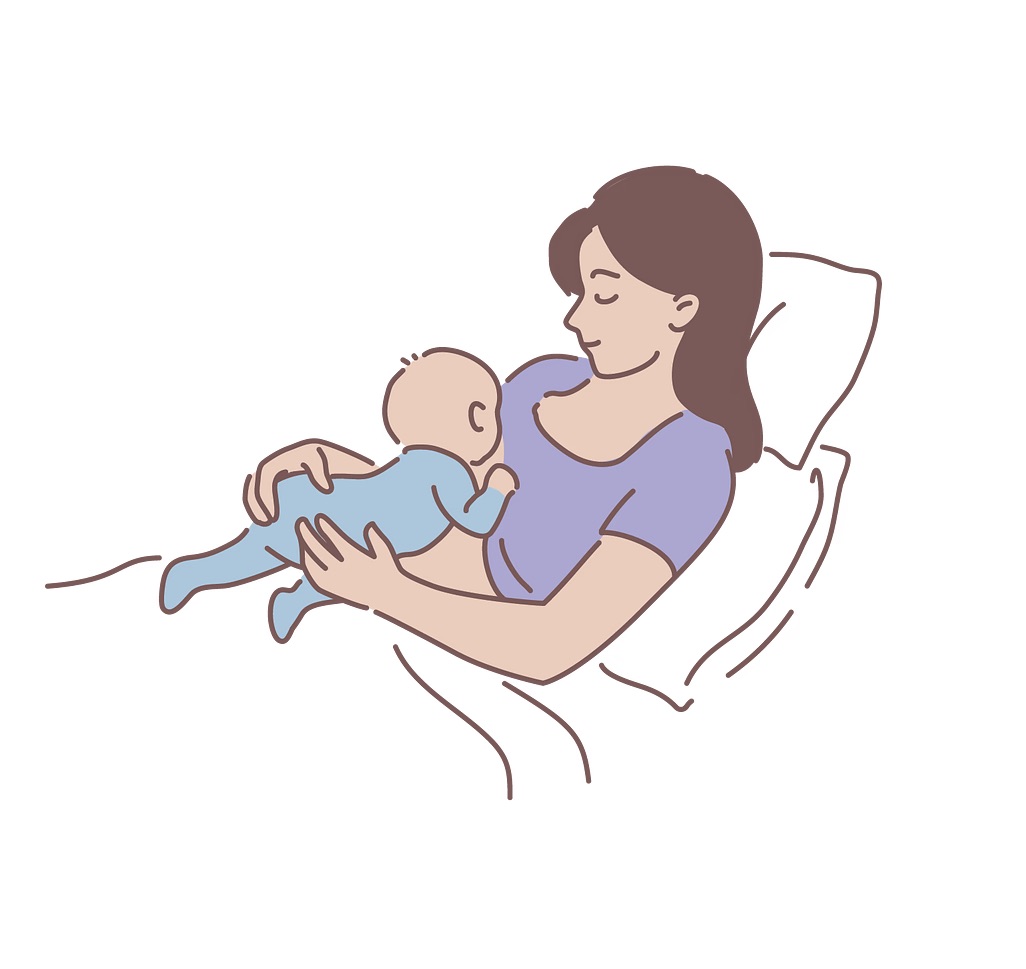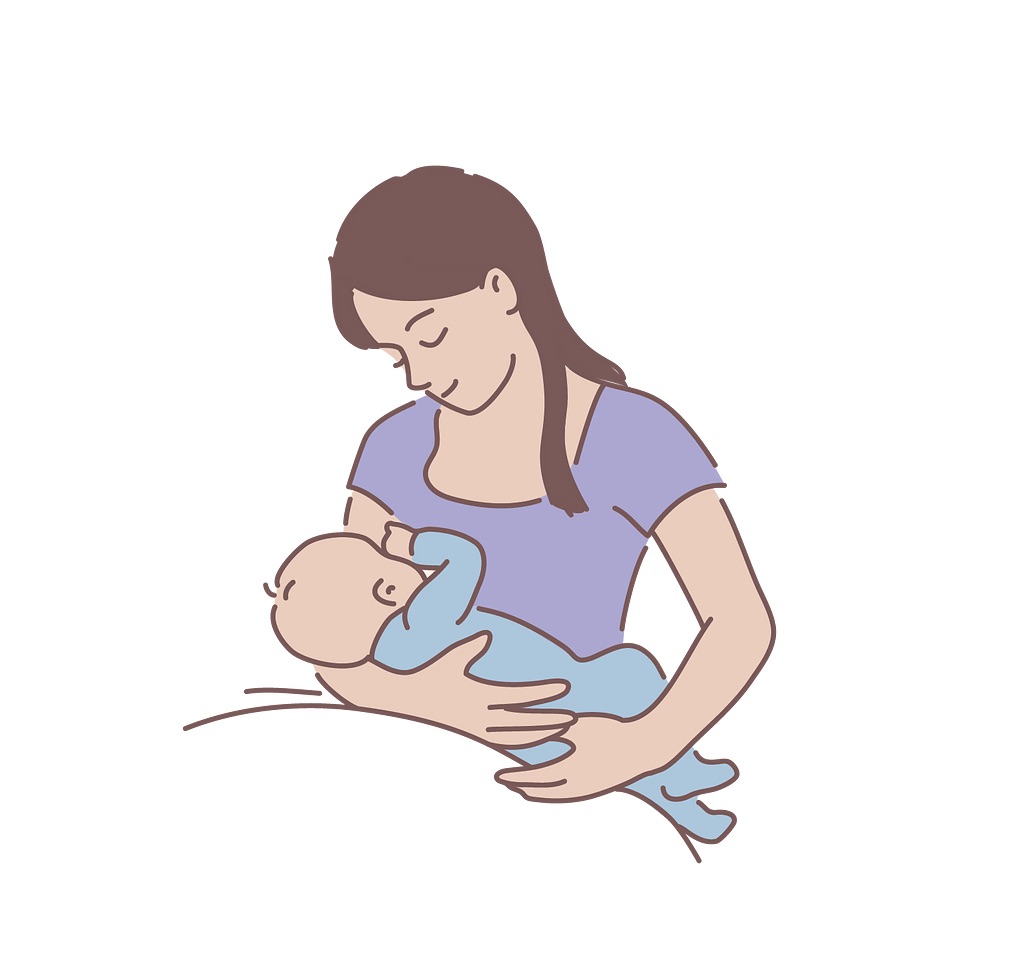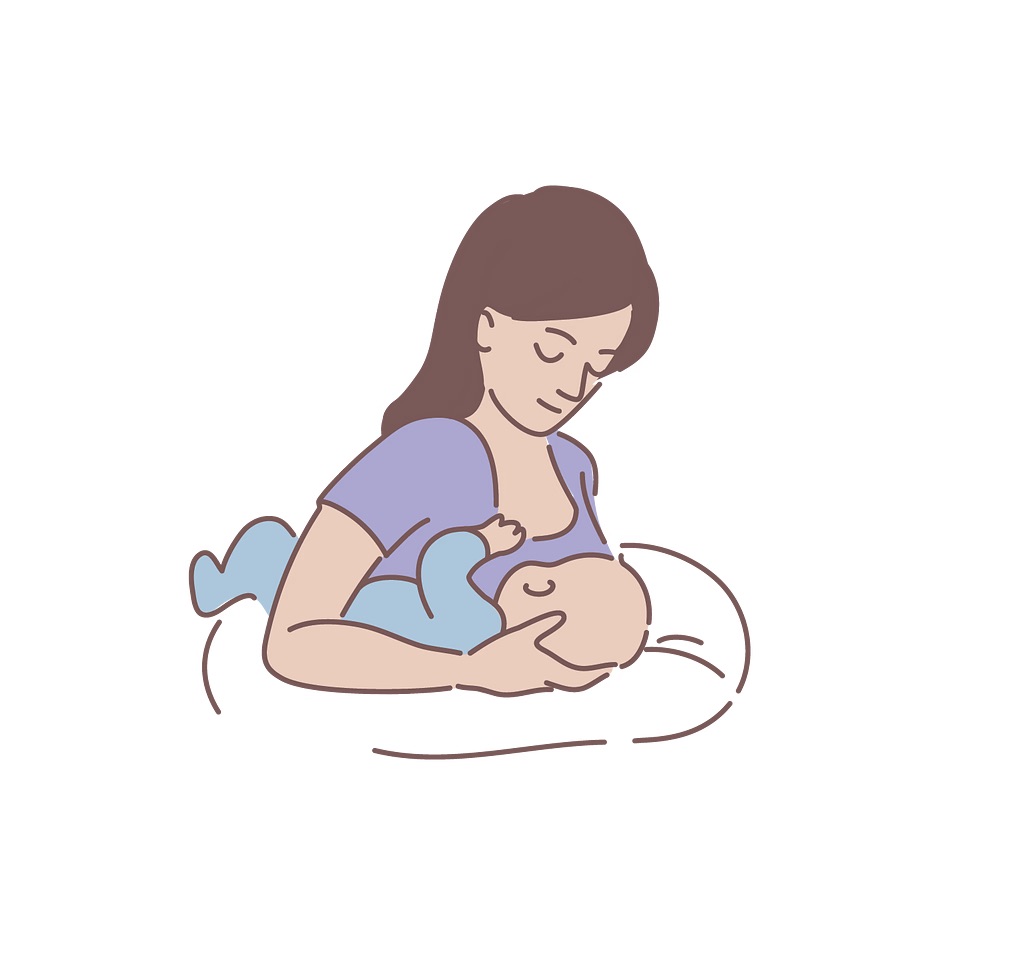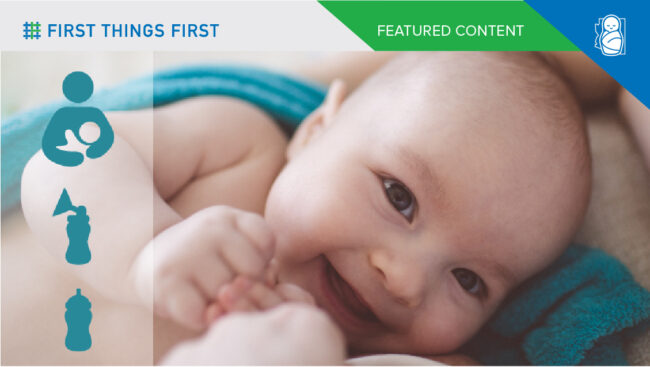Breast milk helps babies grow and protects them from many health problems. For women, breastfeeding lowers the risk of breast cancer. Breastfeeding can be complicated, but you can get help.

Basics of Breastfeeding
- Get comfortable. Choose a place and a feeding position where you have good support for your back and neck, and it is easy to hold your baby.
- Your baby’s head, shoulders and hips should all be facing you, so they do not have to turn their head to breastfeed.
- Your baby’s mouth should cover the dark area around the nipple.
- Feed on one breast until it is empty, for about 10 to 20 minutes. Then burp your baby and switch breasts.
- If your breasts are swollen and tender or they leak, try to breastfeed more often. Or try warm compresses or a hot shower before you breastfeed.
- If you still have sore nipples after the first few weeks, your baby may not be latching on well. Talk to your doctor or a breastfeeding expert. Contact the WIC Breastfeeding Program or La Leche League. WIC’s website also offers tips on getting a good latch.
Getting Ready to Breastfeed
- Many hospitals have breastfeeding coaches who can help you get started.
- Have your baby lie skin-to-skin on your chest after the birth. Many babies start breastfeeding within an hour.
- It’s best to have your baby stay in your hospital room with you.
- Your first milk, called colostrum, is extra rich. The WIC website has more information about colostrum and breast milk.
- Do not offer your baby a bottle or pacifier right away. It’s best to wait until your baby is breastfeeding well.
Breastfeeding Positions
Here are three ways to hold your baby while breastfeeding, but these are not the only ways. WIC has more information and advice about breastfeeding, including positions.
 |
Laid BackLie back with good back support. Your baby faces you, tummy-to-tummy, and their mouth is on top of your breast. This is a good position for babies learning to breastfeed |
 |
Cradle HoldRest your baby across your stomach, with their head in the bend of your elbow. You and your baby are tummy to tummy. You can also support your baby with your other arm. |
 |
Side HoldPlace your baby on a pillow at your side and use one hand to bring their head to your breast. This position is good for small babies or mothers who have had a C-section. |
Breastfeeding and What You Eat, Drink or Take
If you breastfeed, your baby can be affected by what you put into your body. This shouldn’t limit what you eat or drink too much, but here are some tips:
- If you think something you eat is upsetting your baby, try not to eat it for a while. If the problem does not go away, talk to your doctor.
- Ask your doctor if you should keep taking prenatal vitamins. And ask if your baby needs extra vitamin D while you breastfeed.
- Most medicines are safe to take while you breastfeed. Tell your doctor about everything you take, including over-the-counter medicines, vitamins and herbal supplements. Your doctor can find safe substitutes if needed.
- Don’t smoke or vape while you are breastfeeding. Your baby gets nicotine and other harmful substances from your breast milk, as well as secondhand smoke.
- If you have an occasional alcoholic drink, wait two to three hours before breastfeeding.
More Ways to Find Help
Office on Women’s Health — Tips and information on breastfeeding.
WIC Breastfeeding Support — In-depth information and advice about breastfeeding, including common difficulties.
The First Things First Parent Kit was developed in partnership with Health Research for Action/UC Berkeley. © 2023 The Regents of the University of California. Additional video, graphic and other content © 2023 First Things First. All rights reserved.


